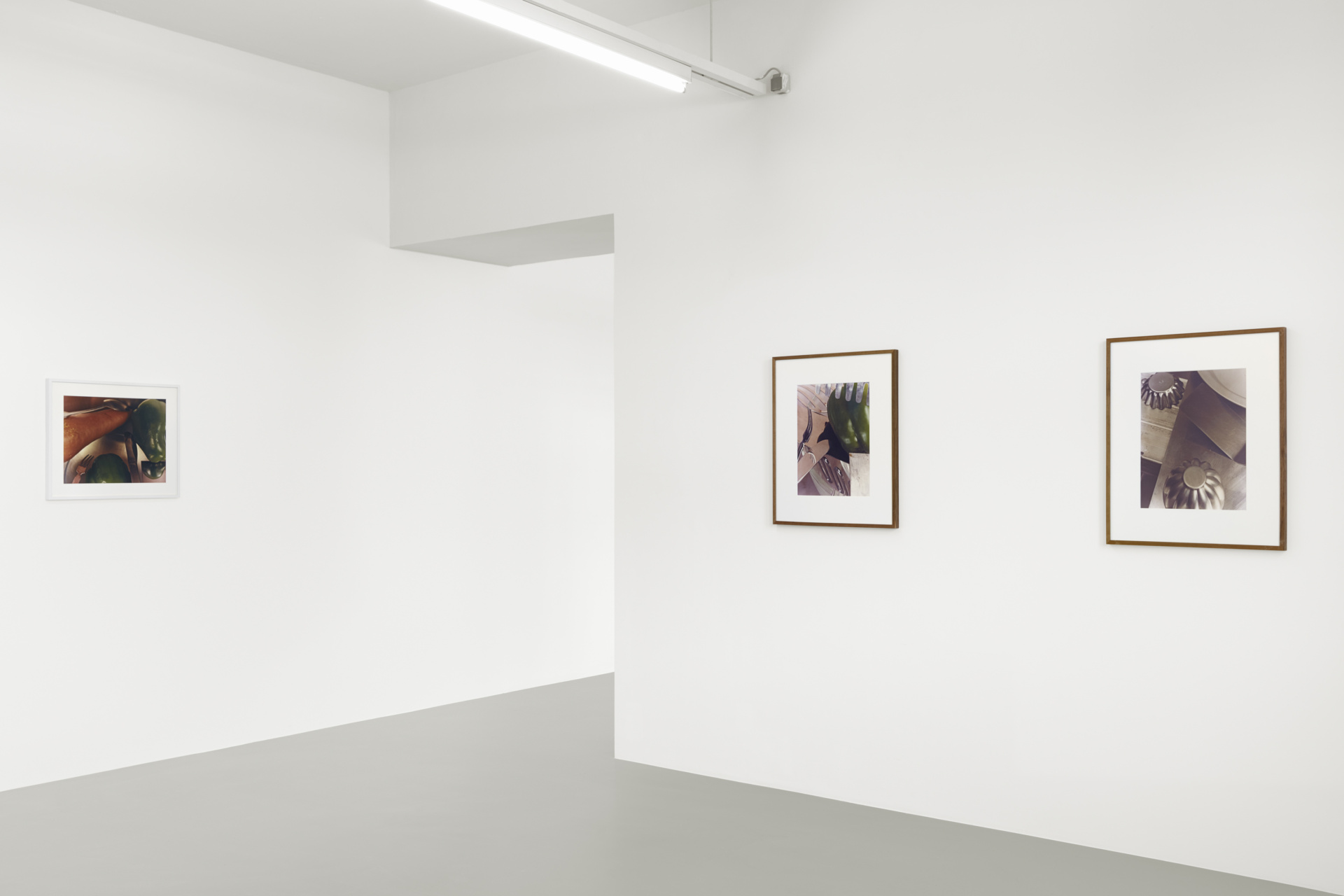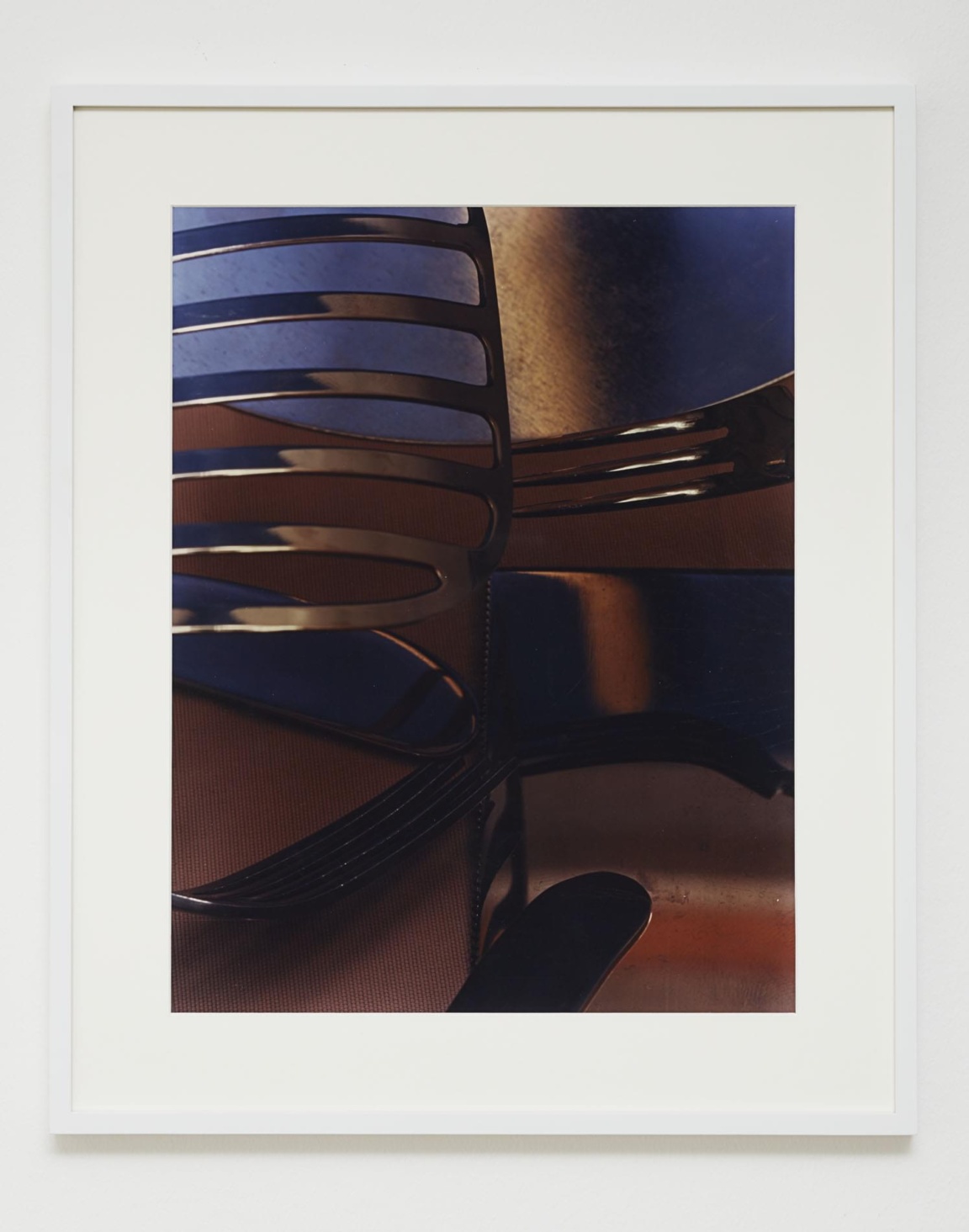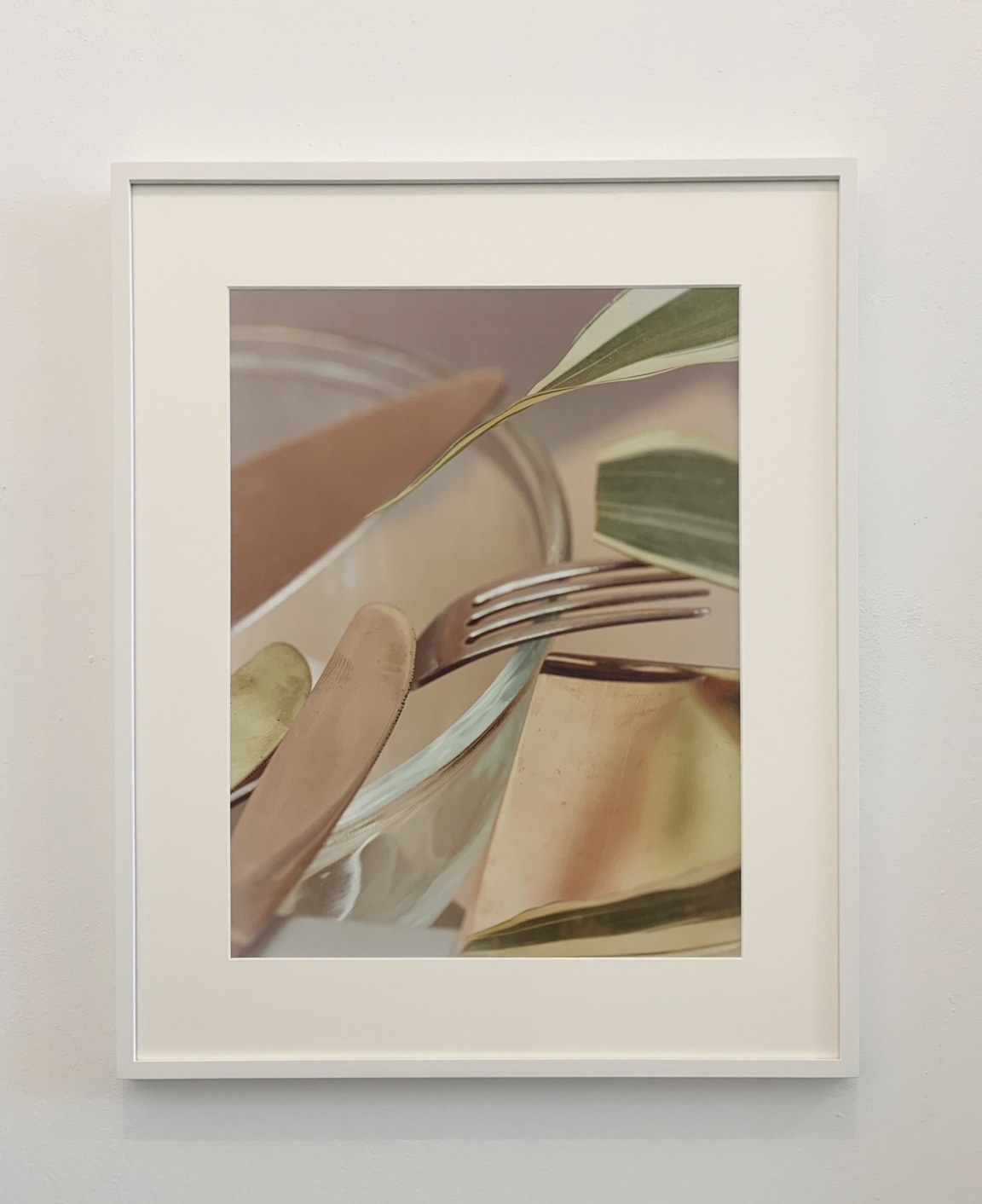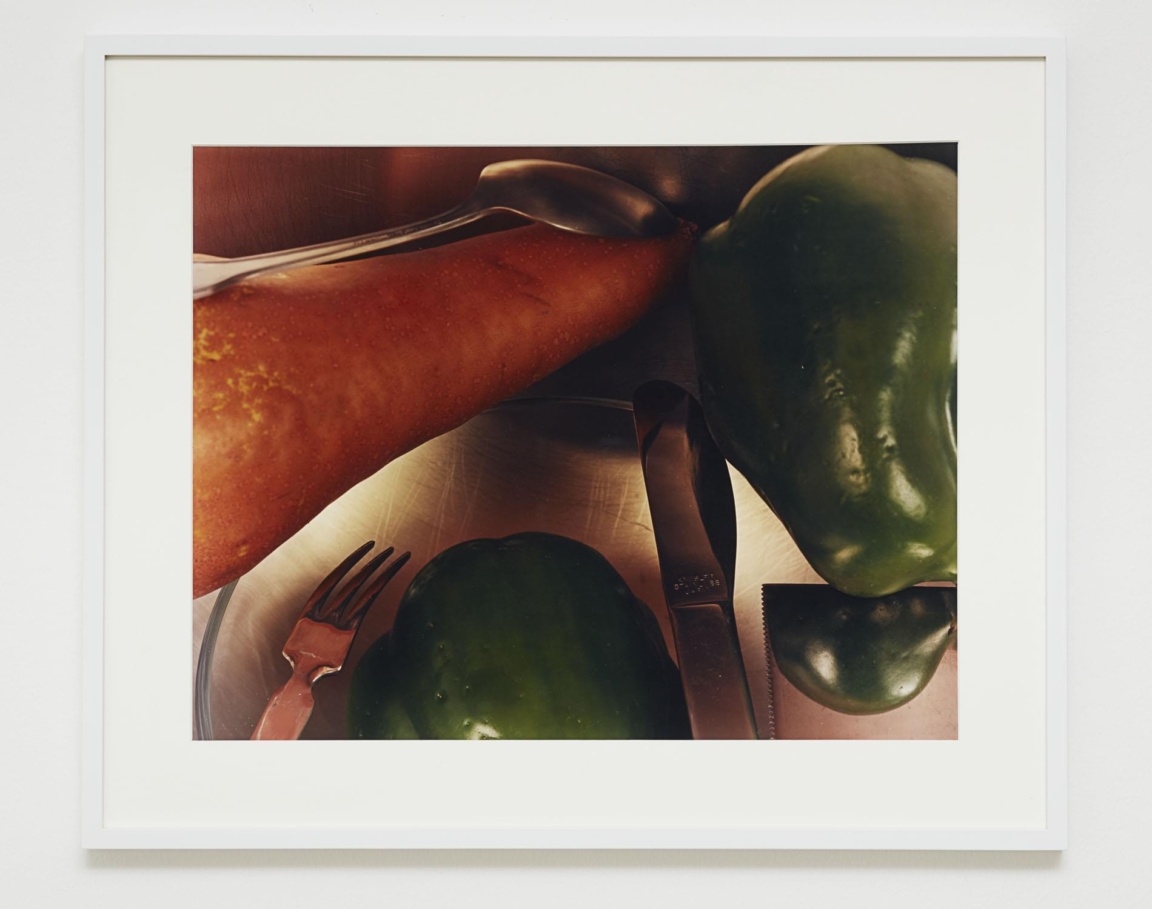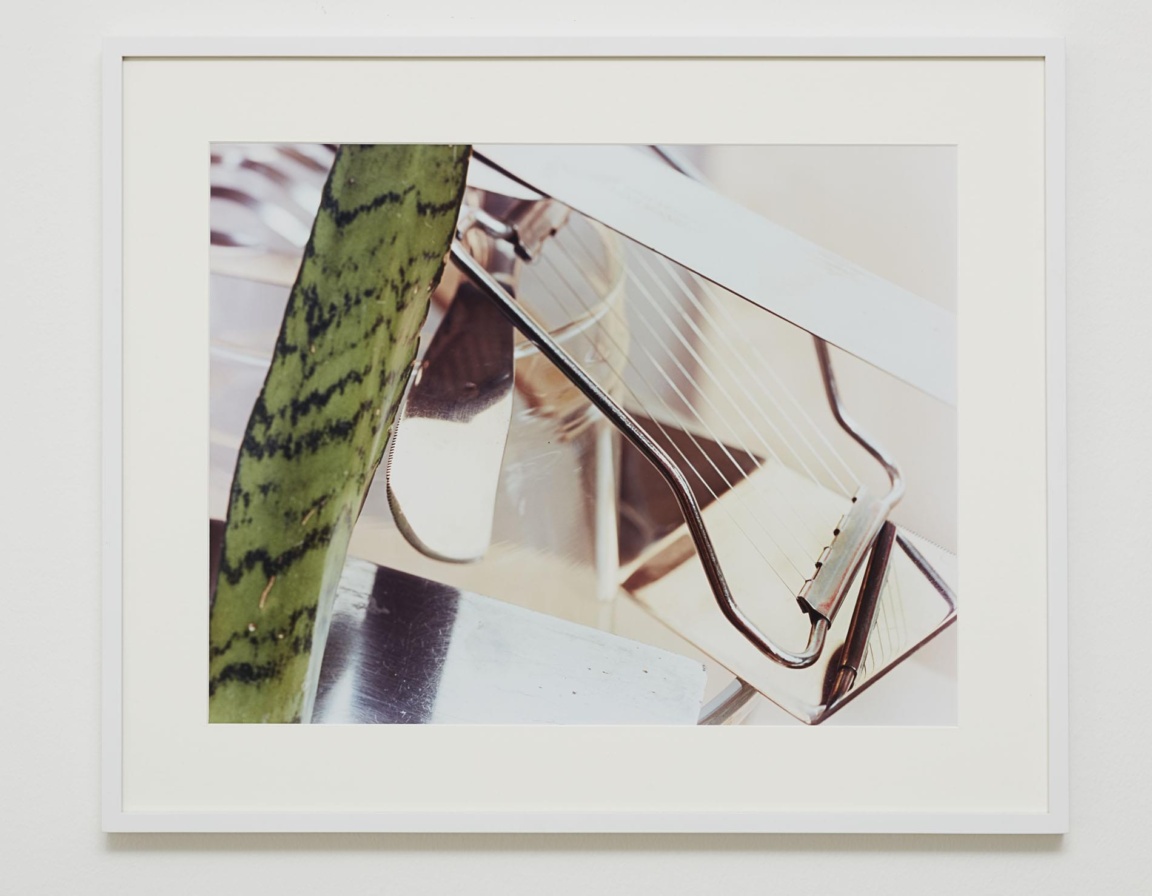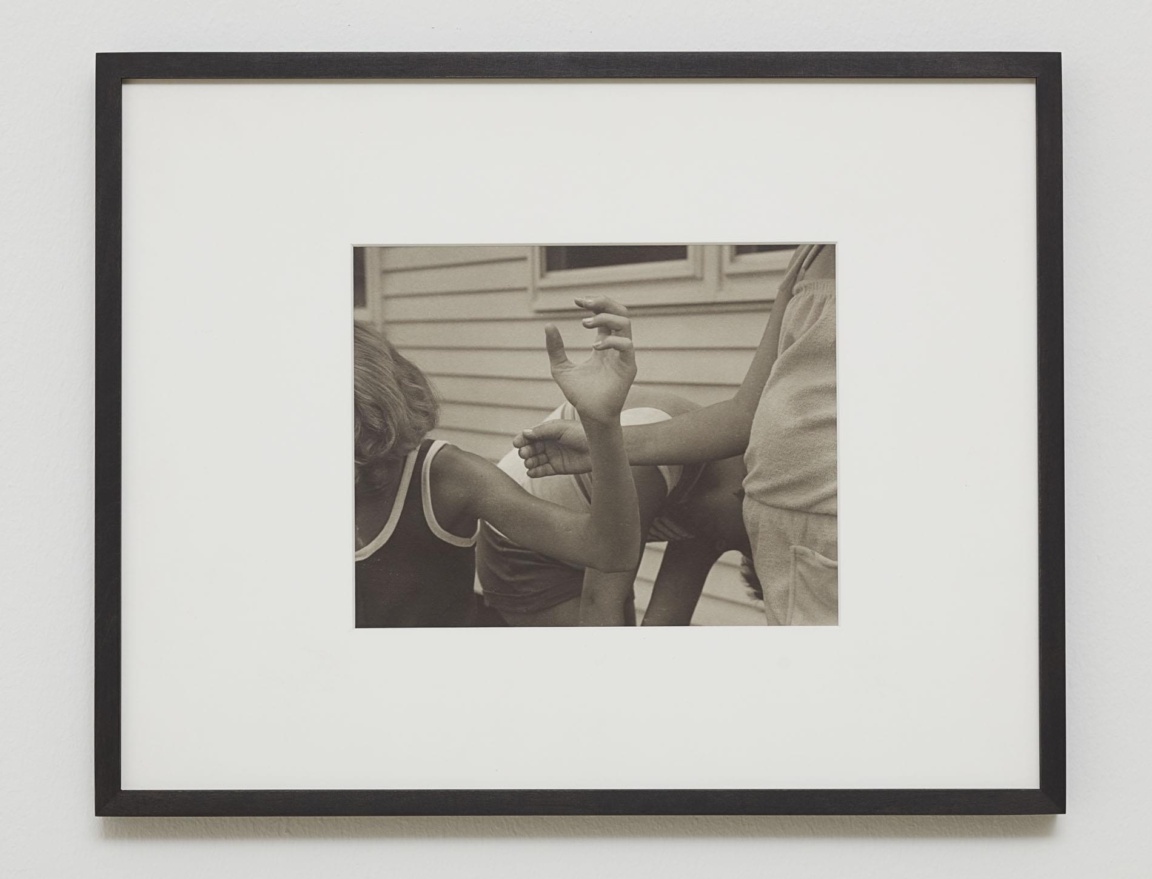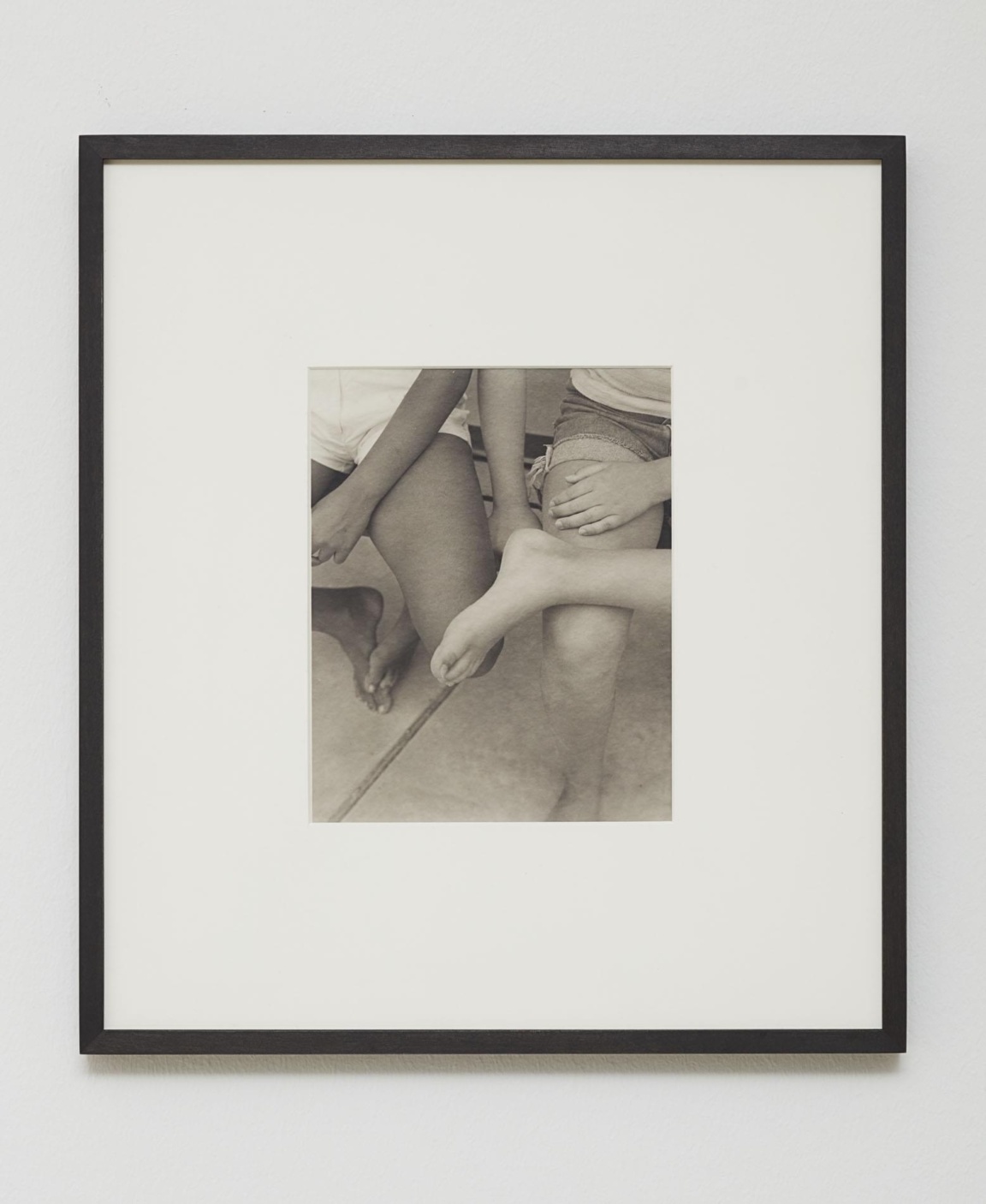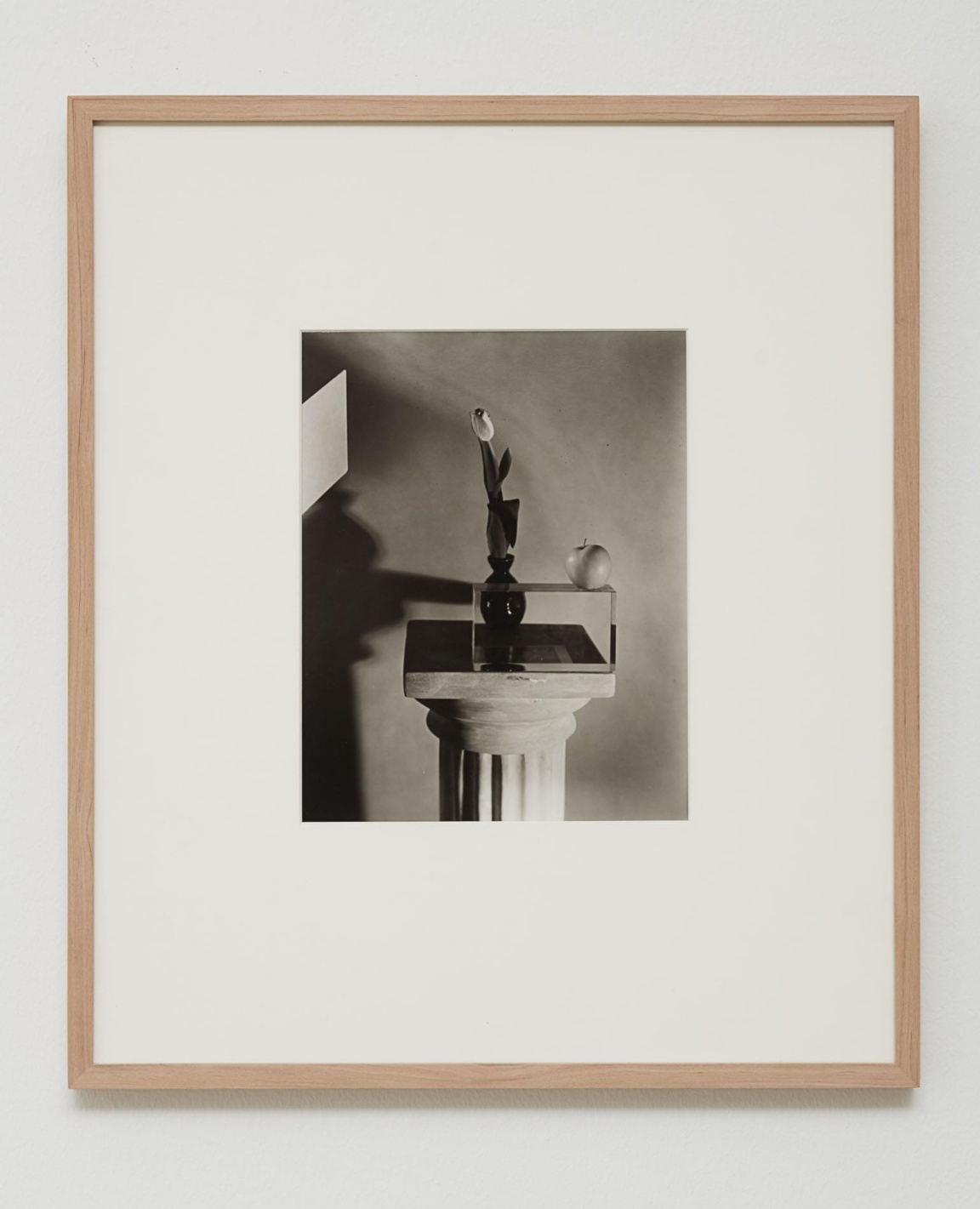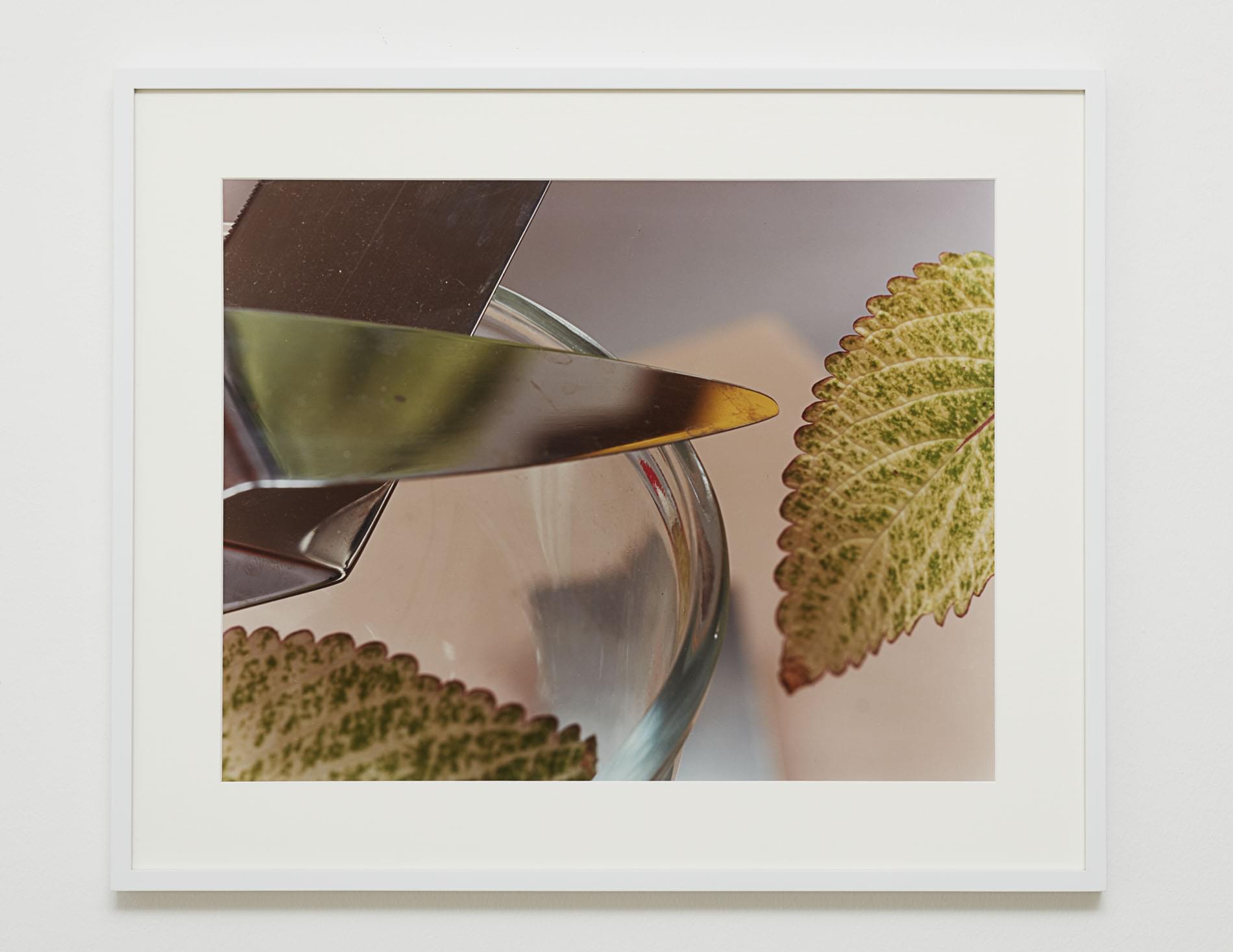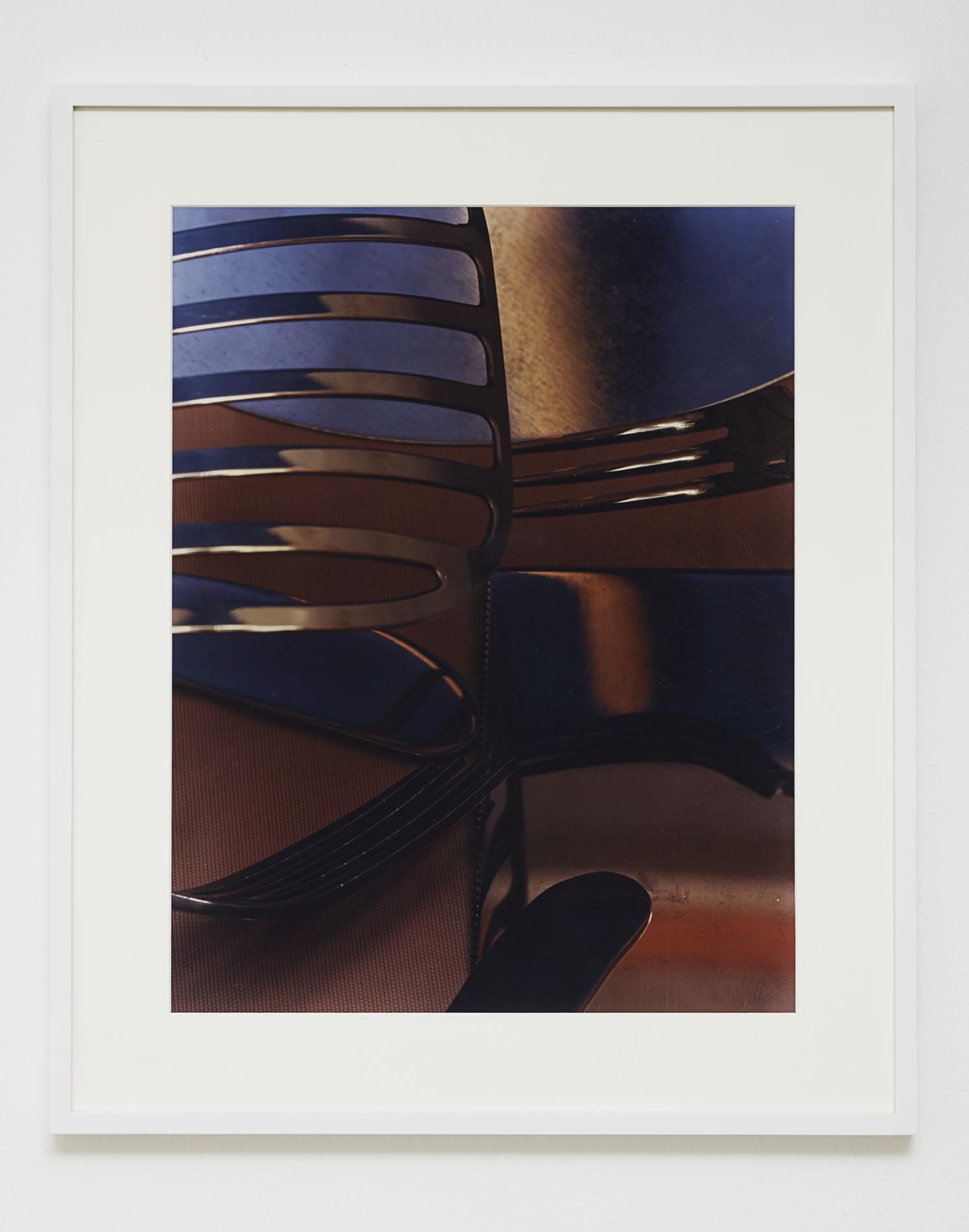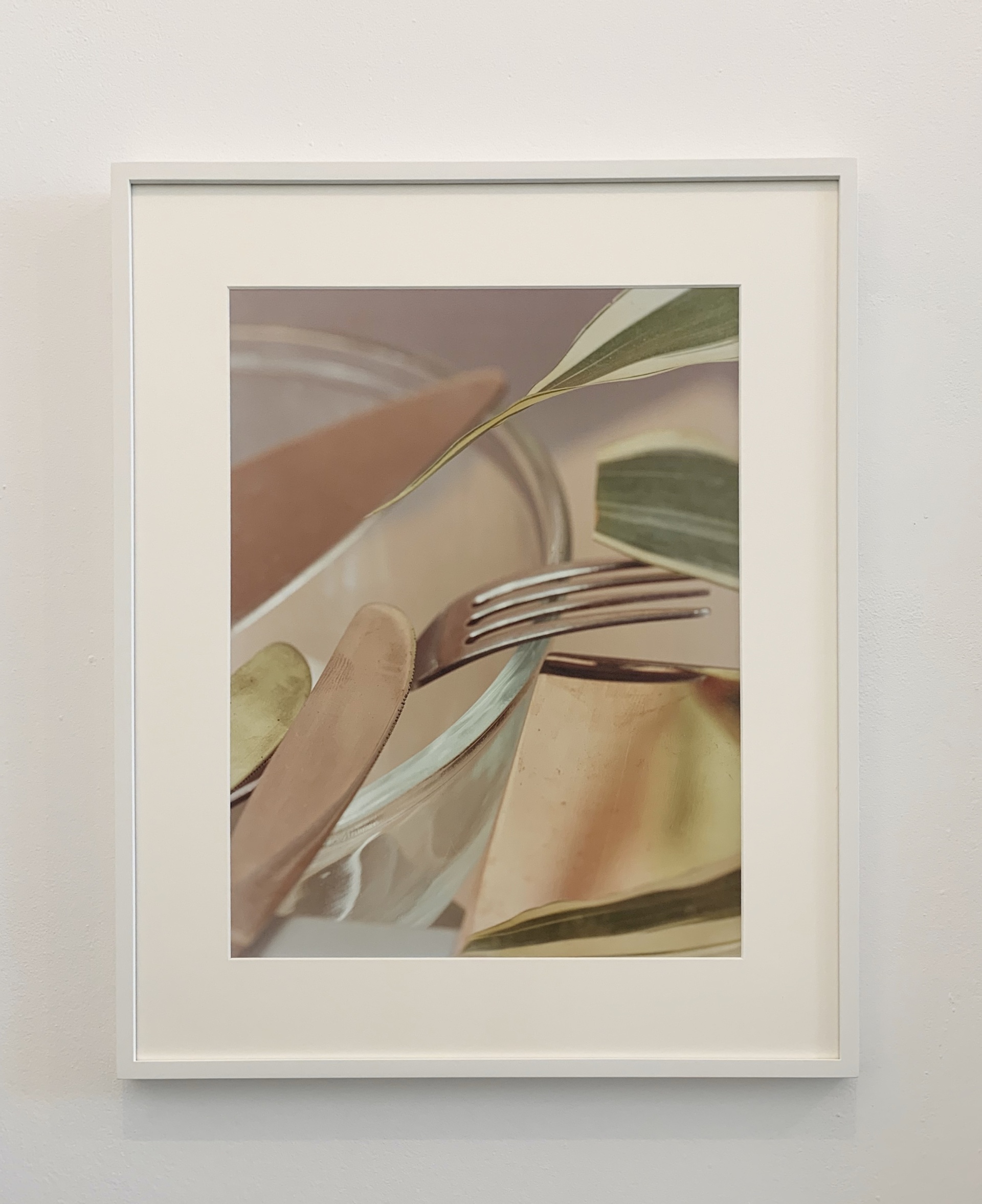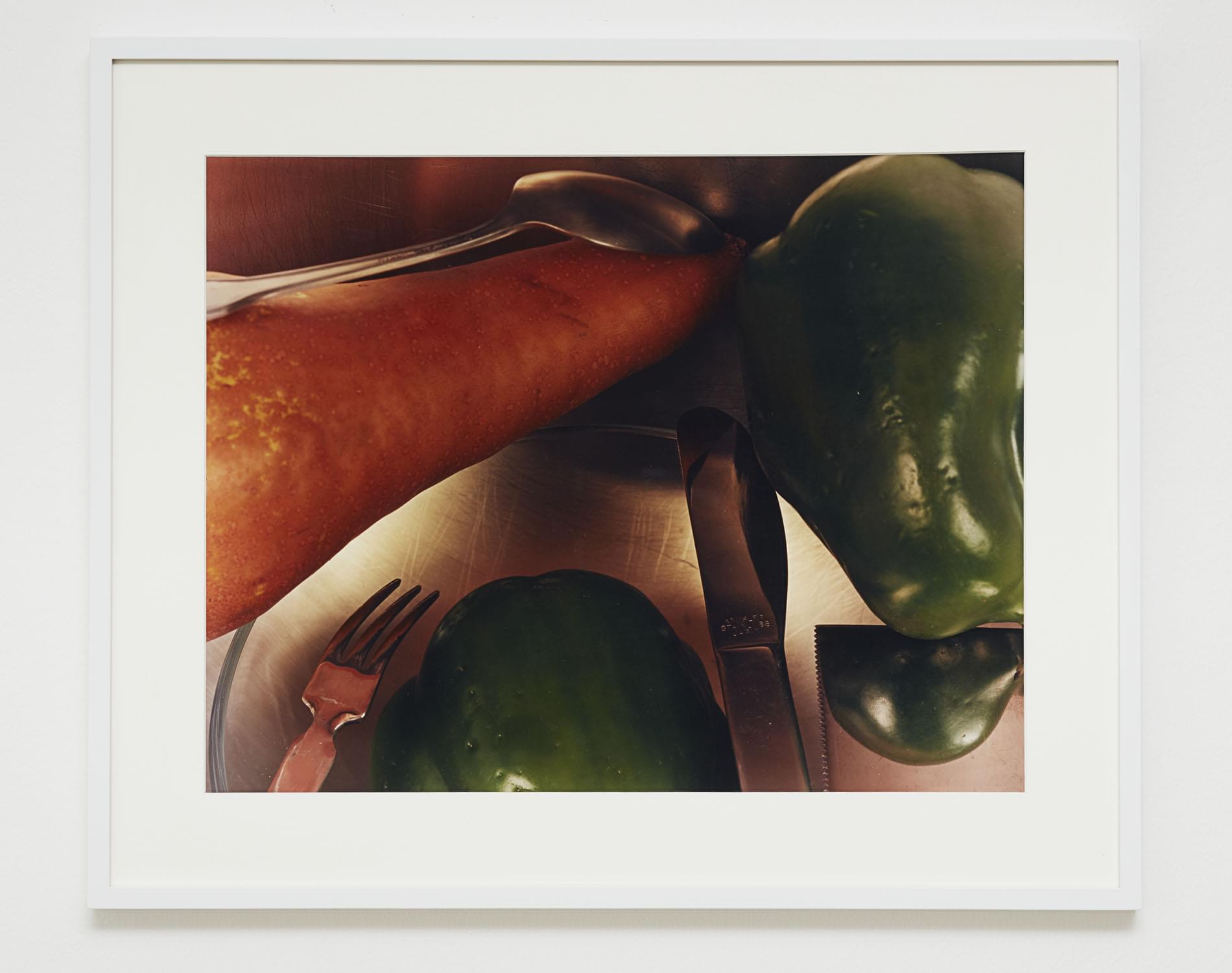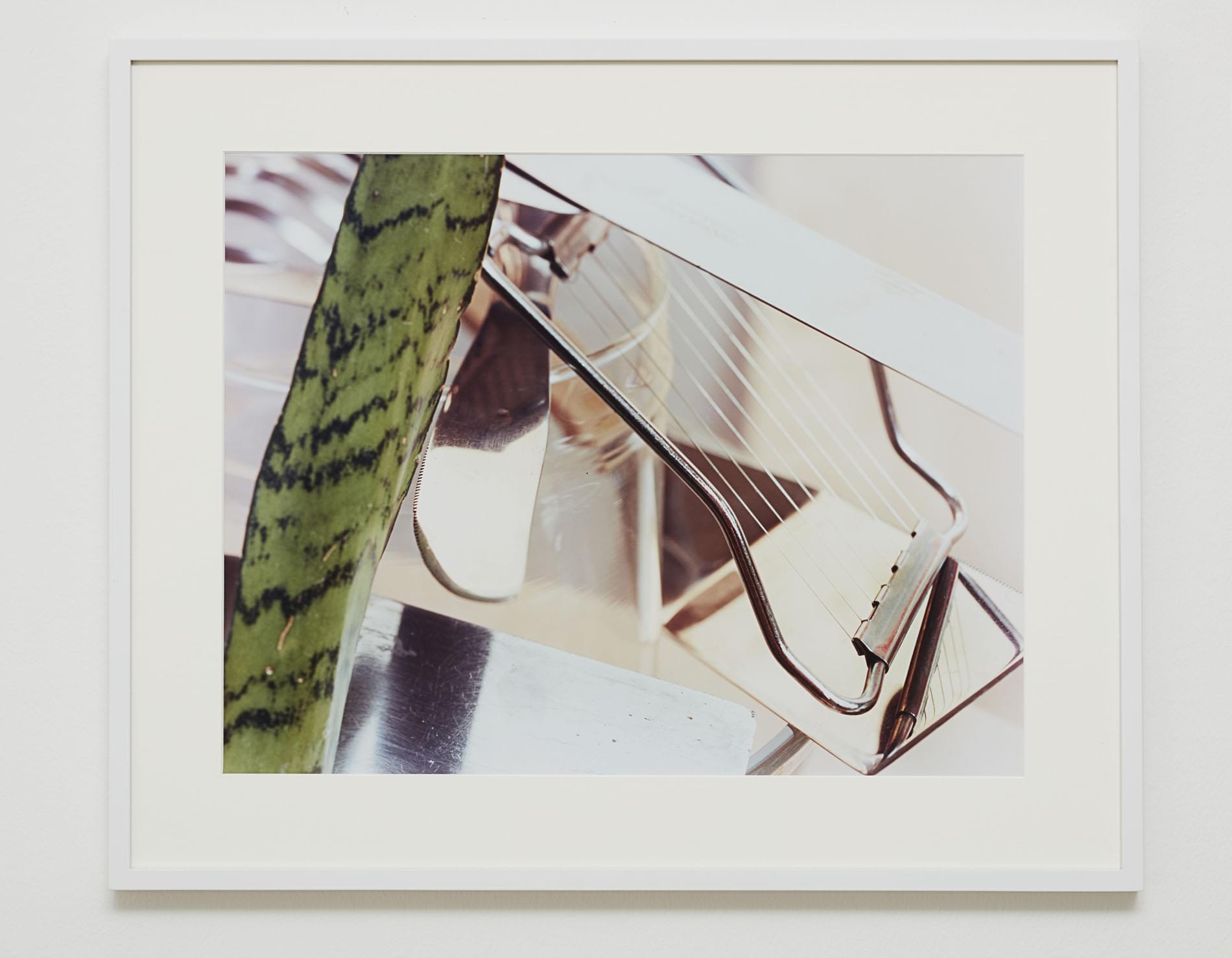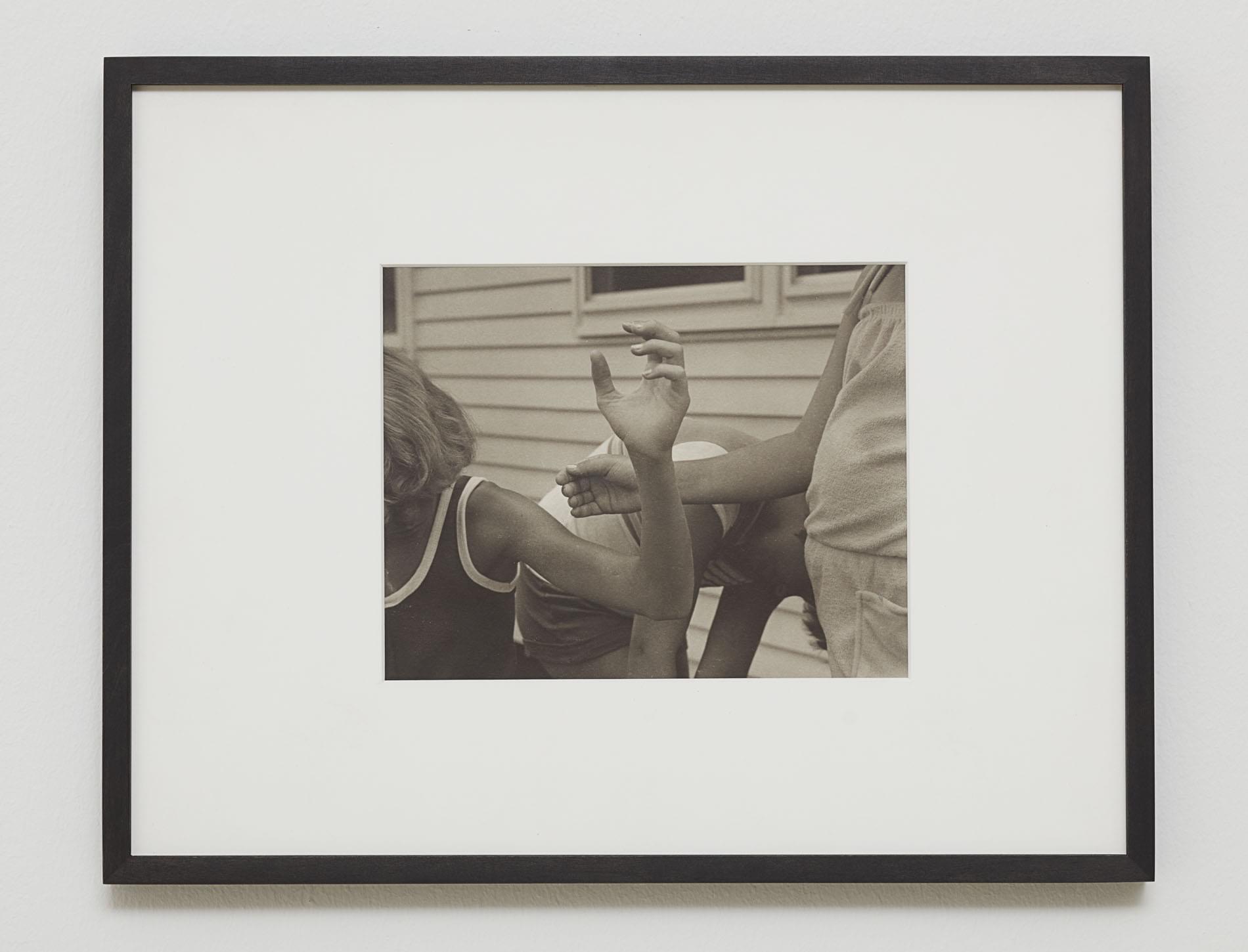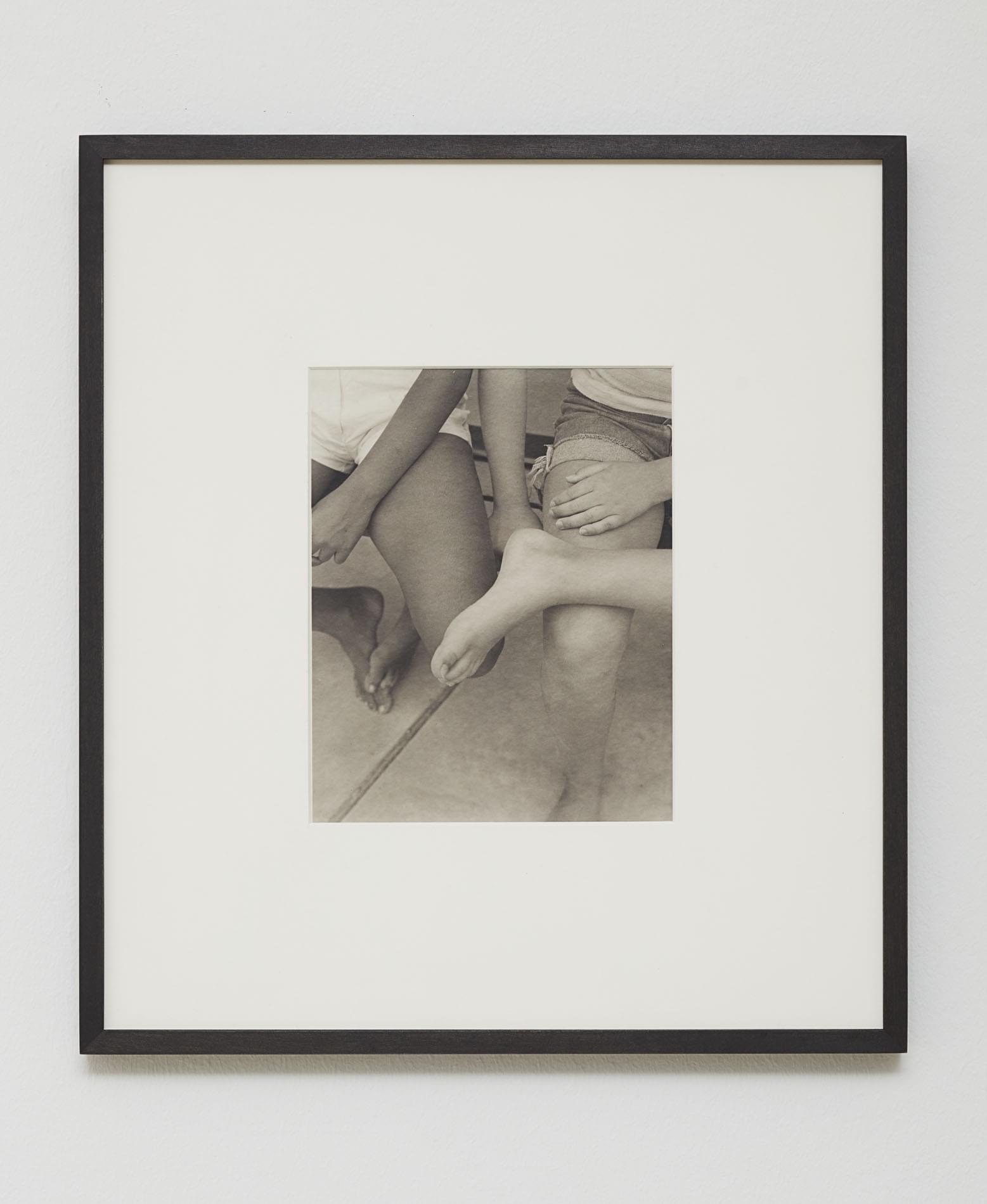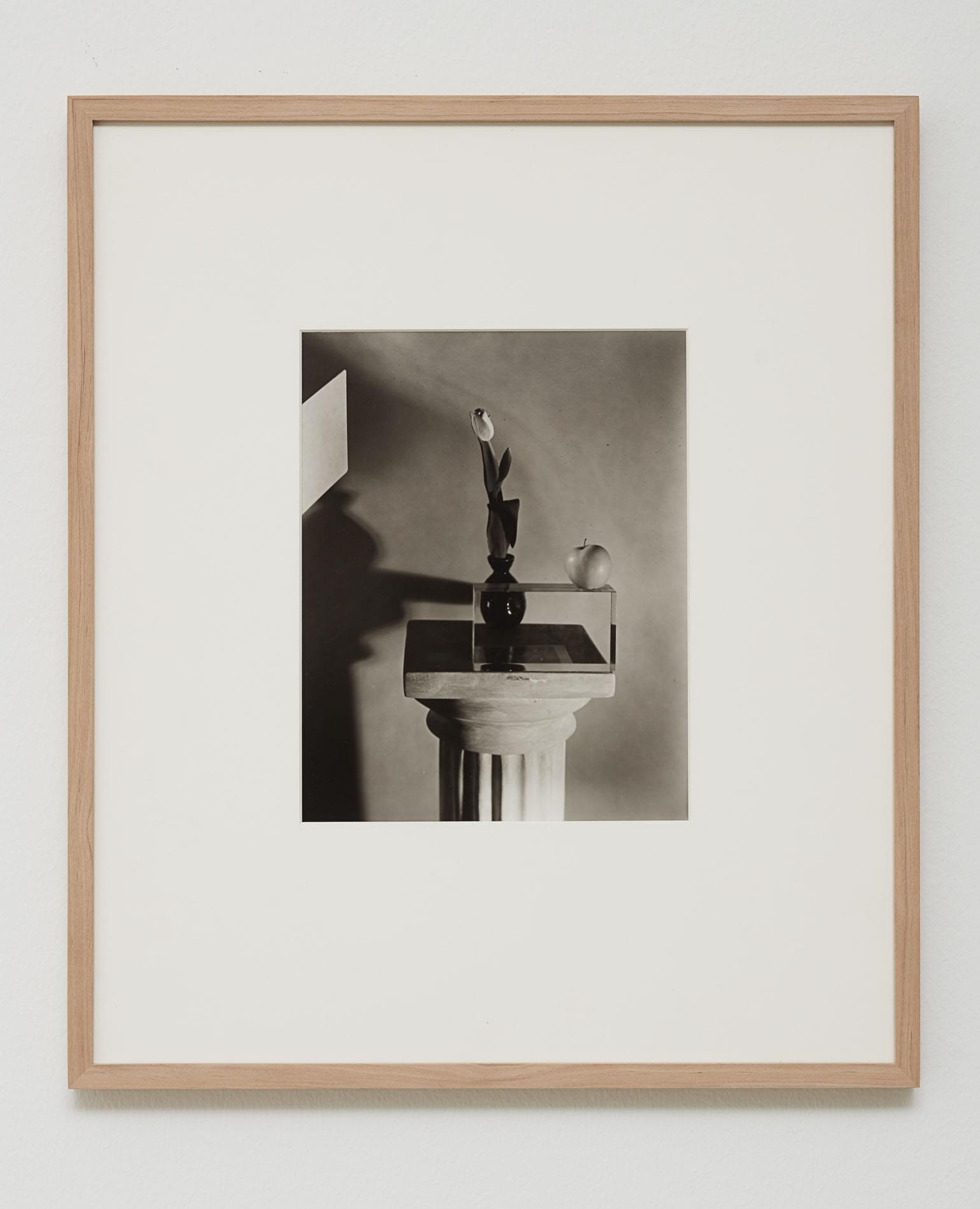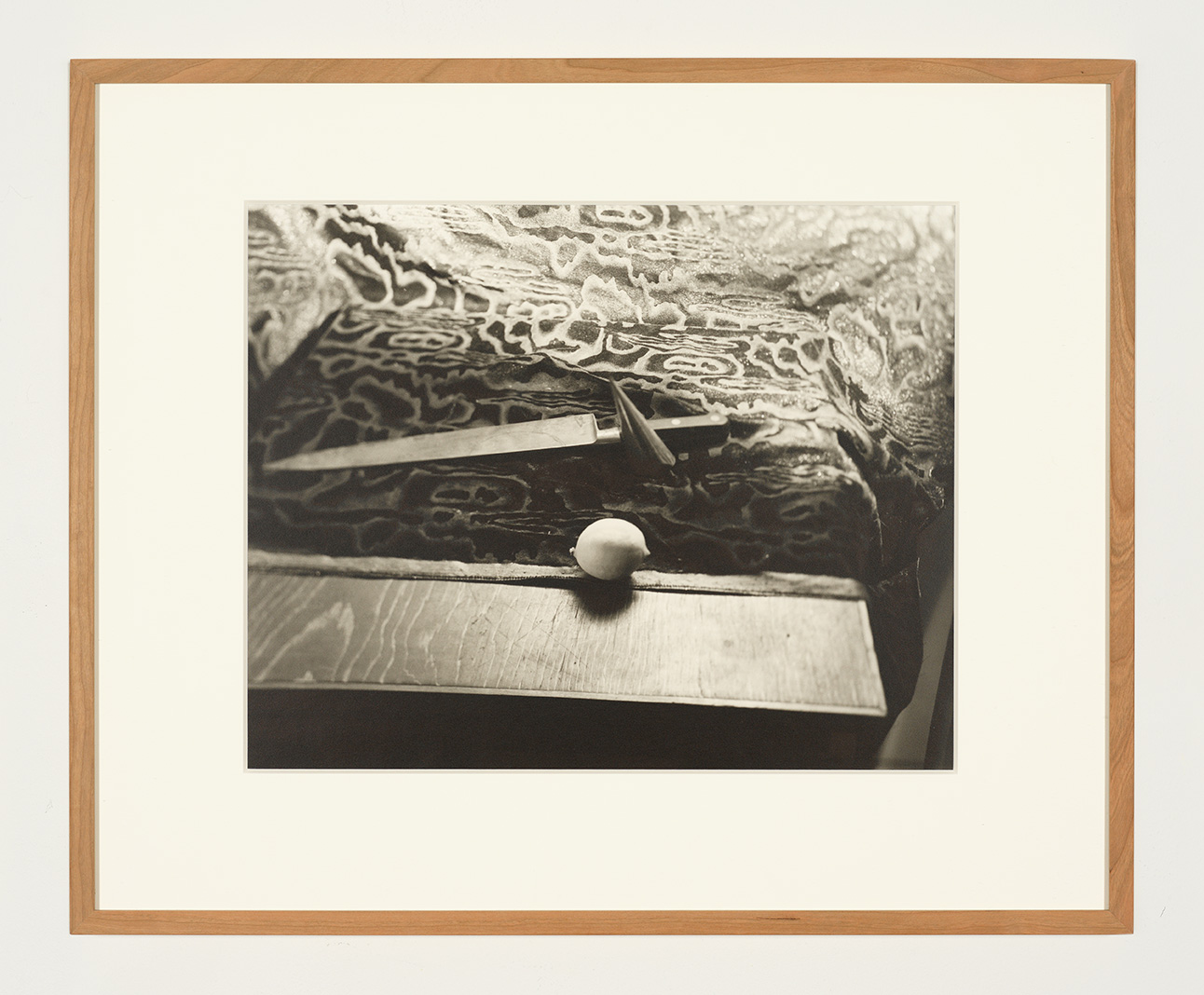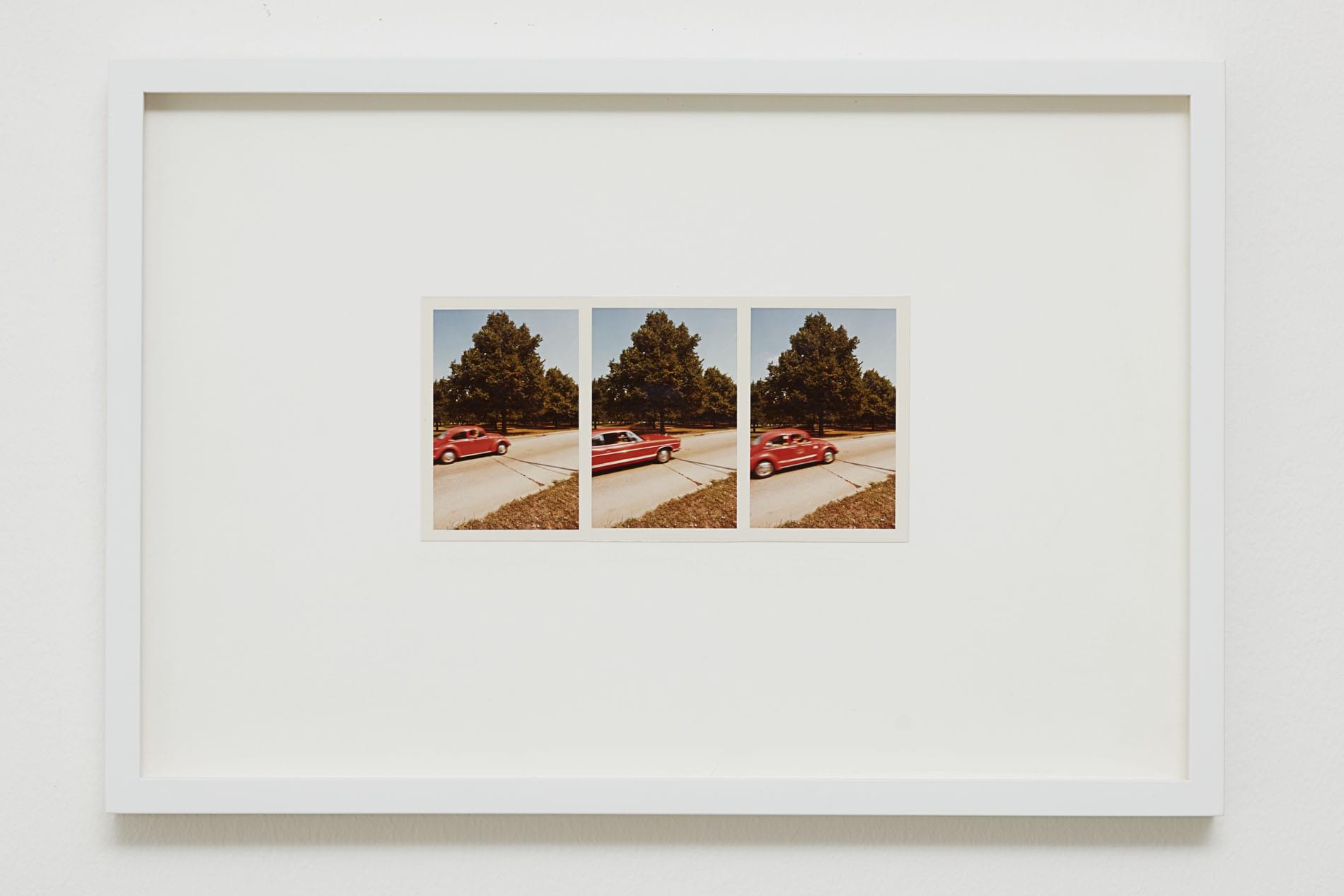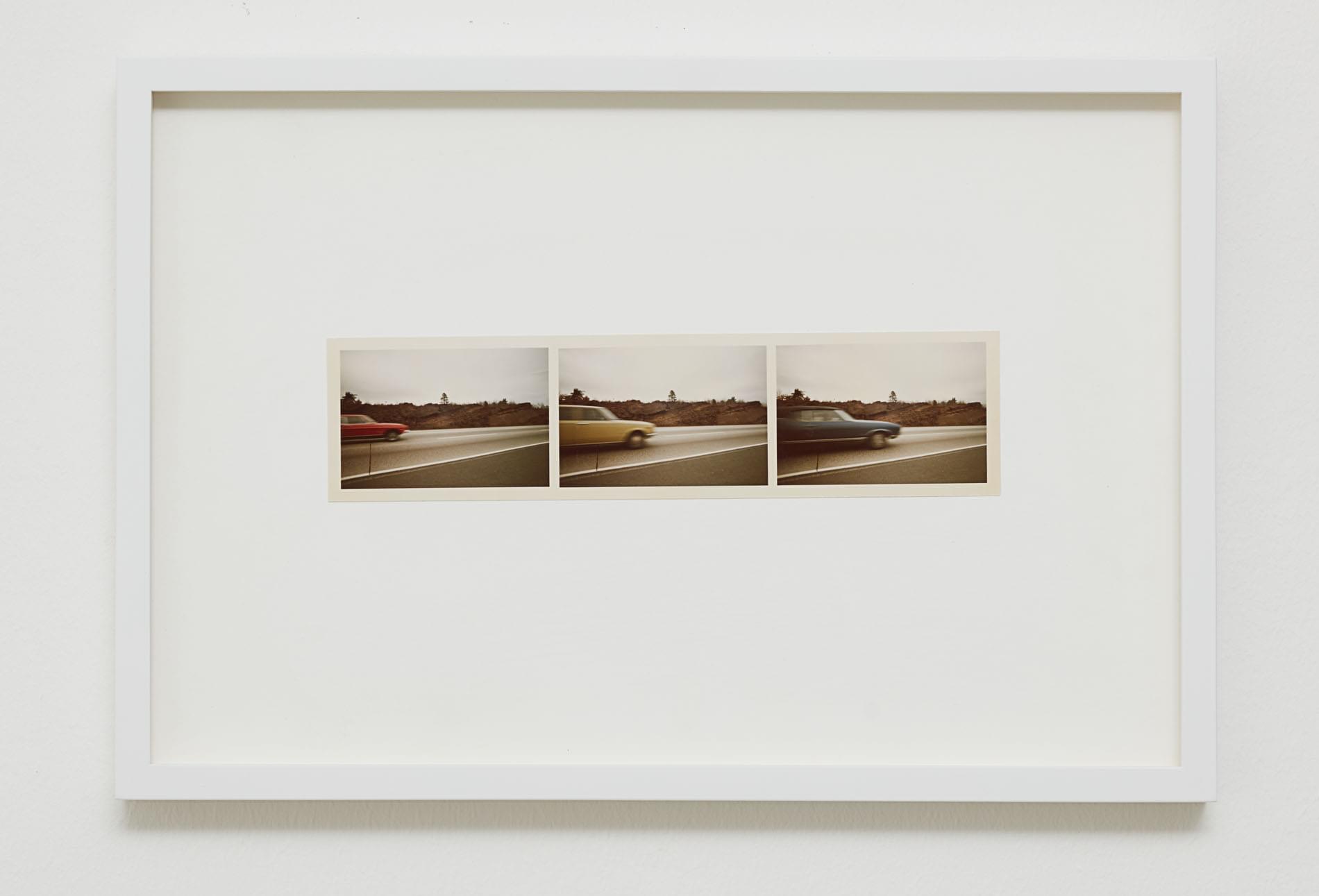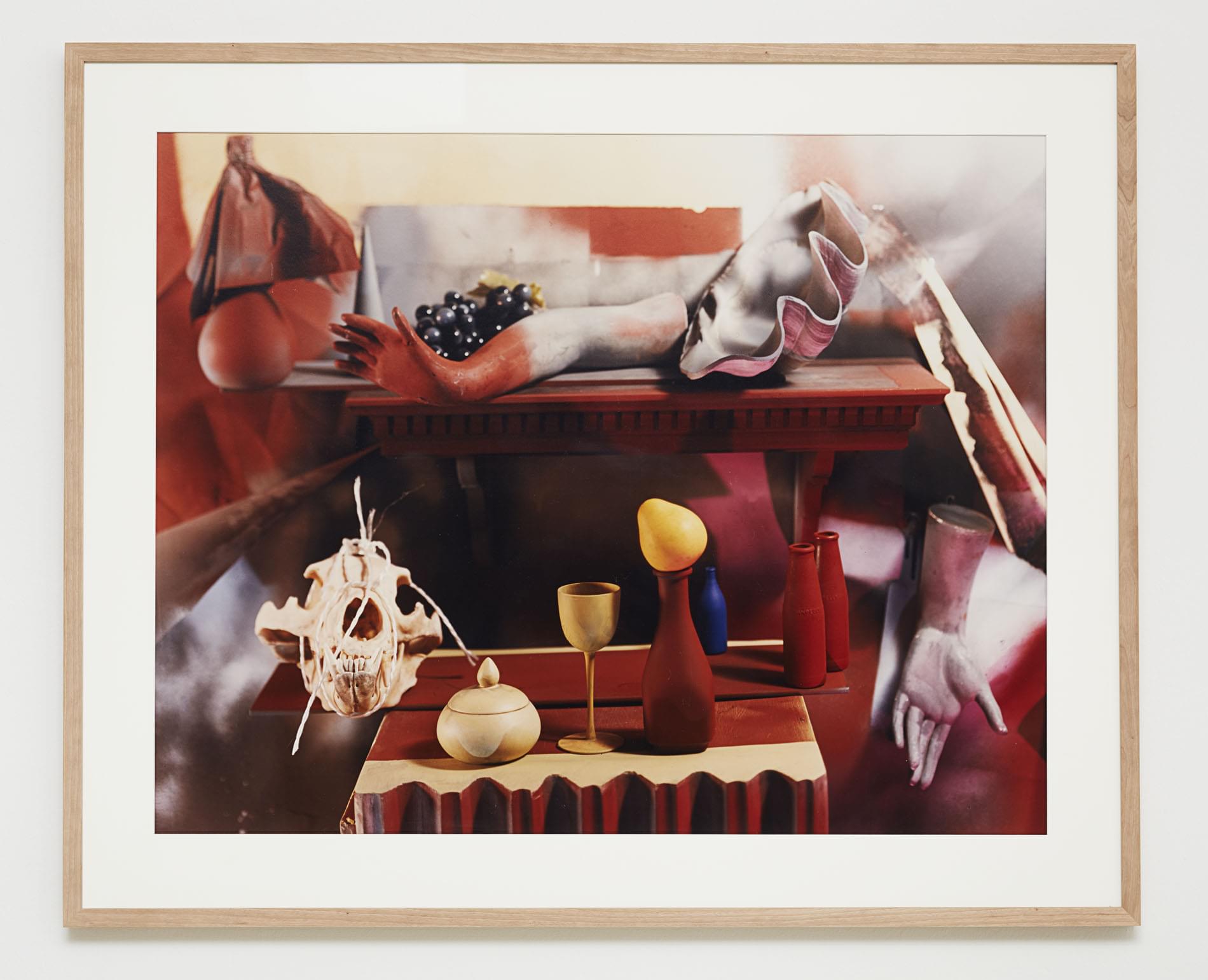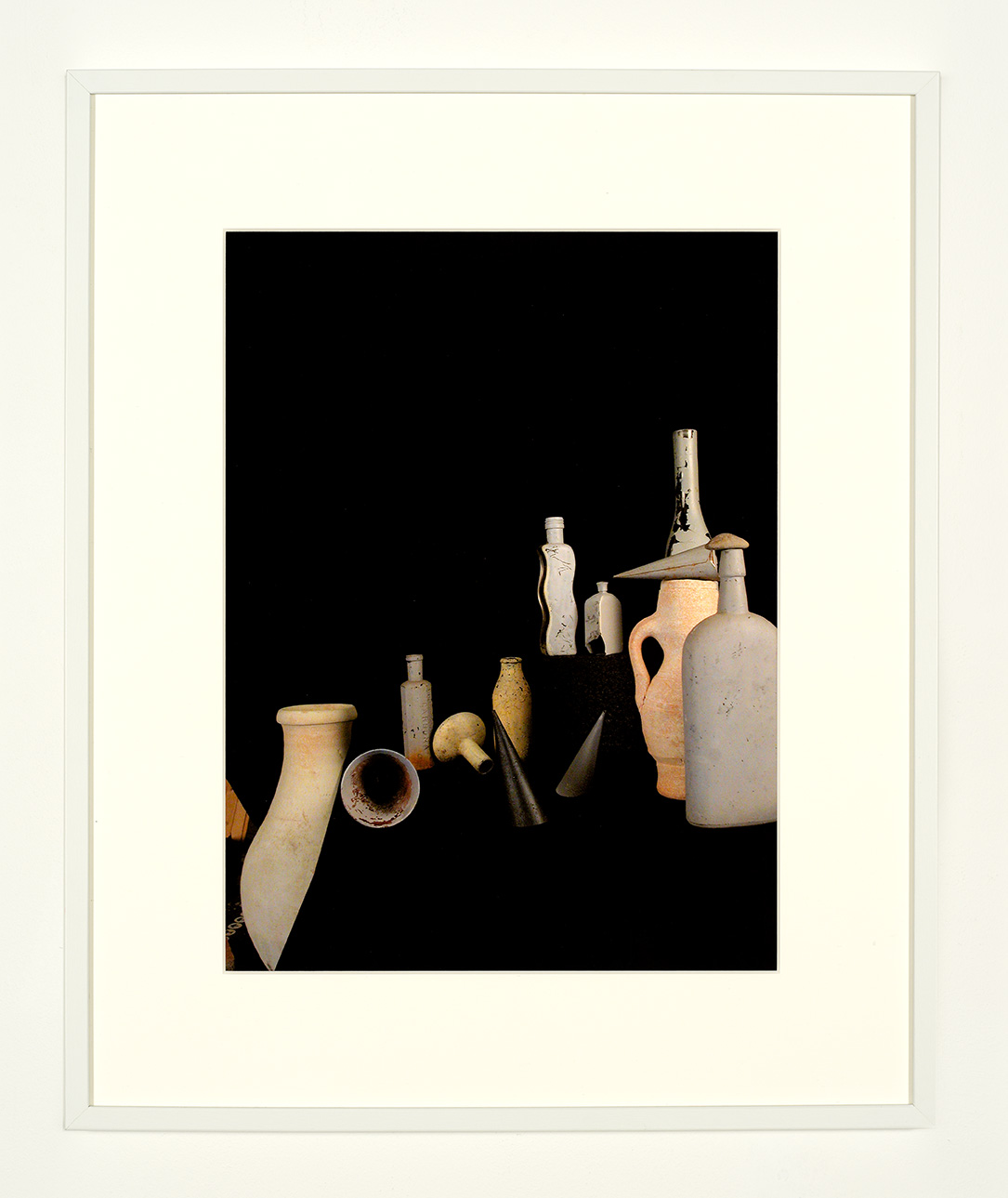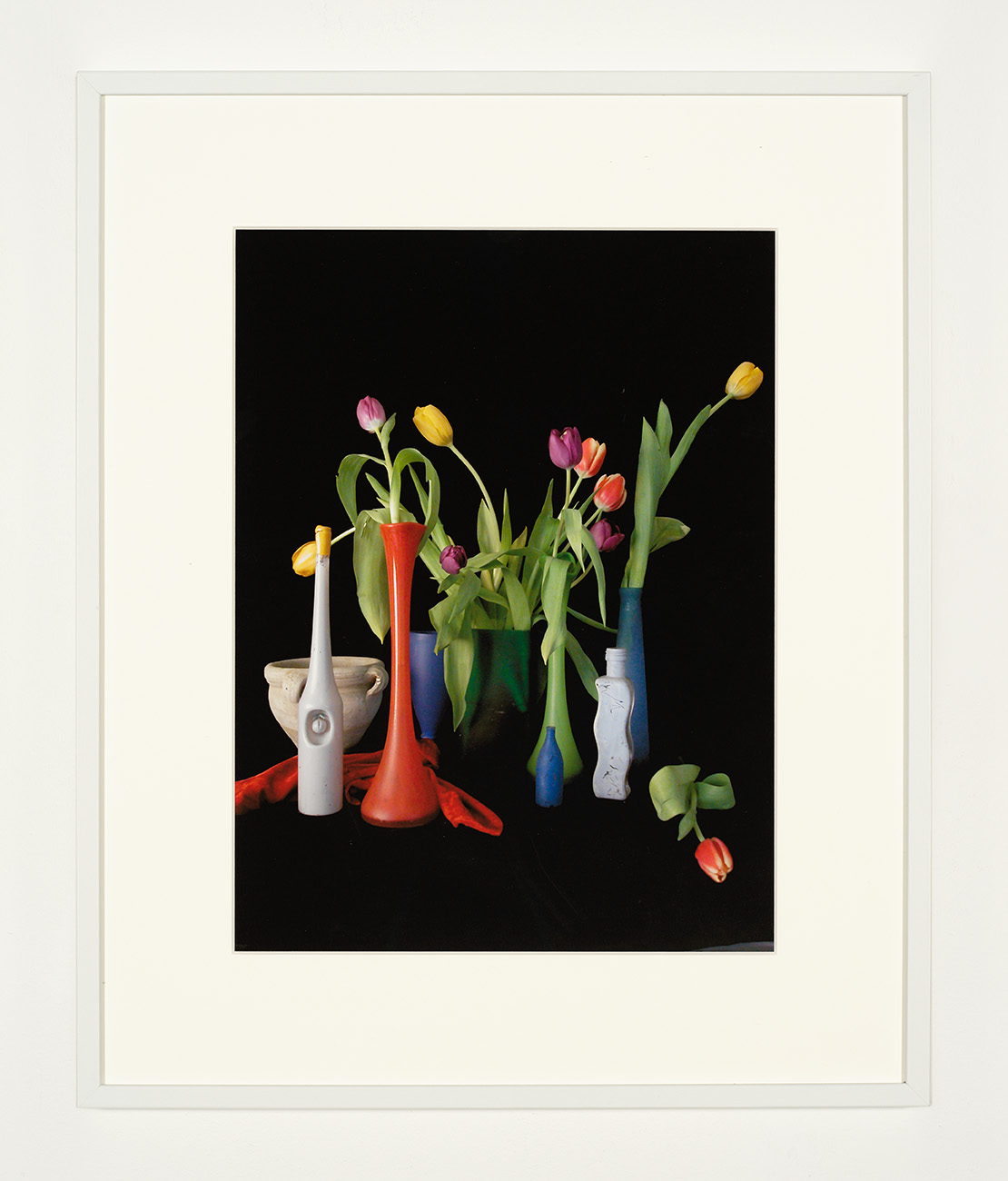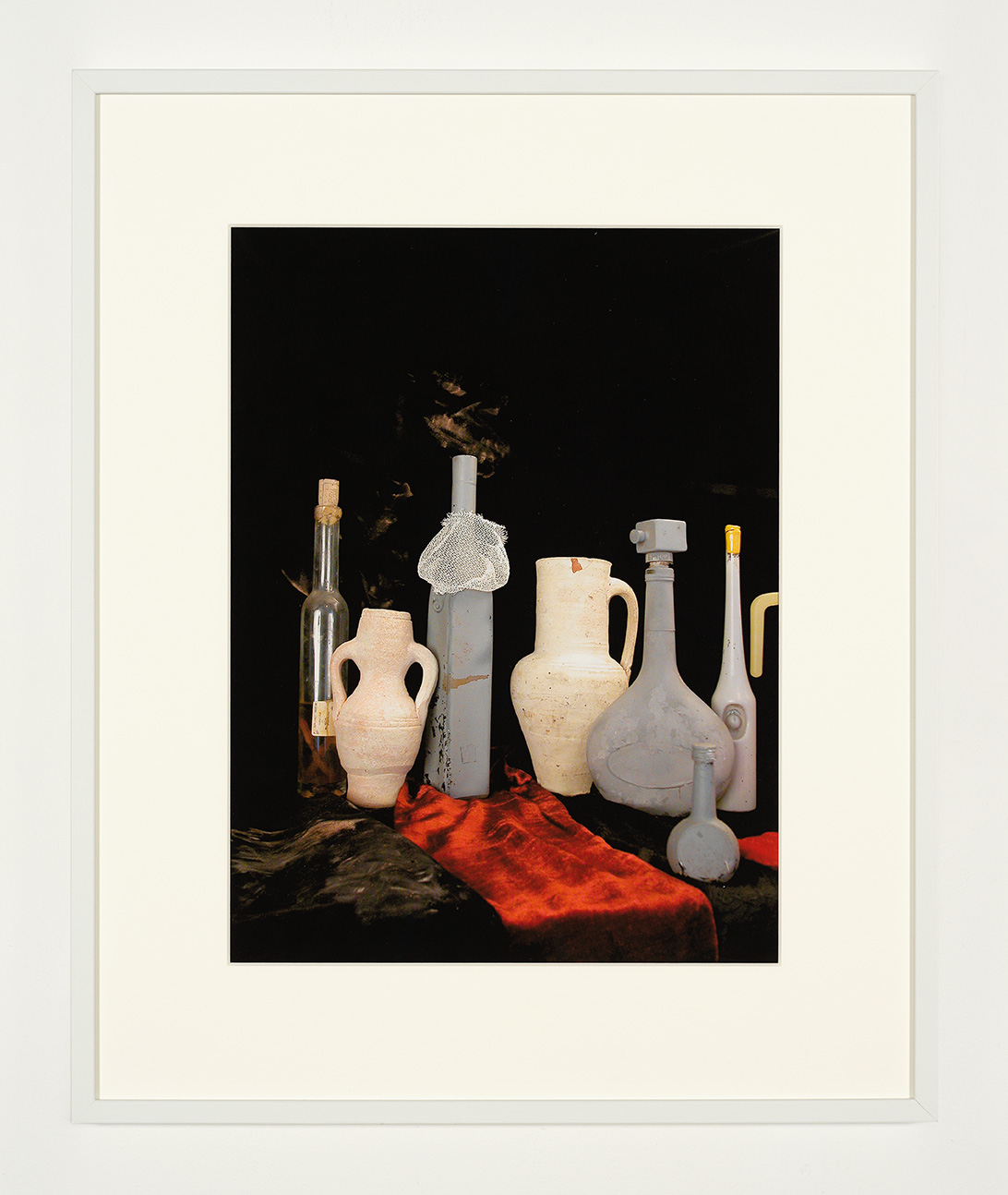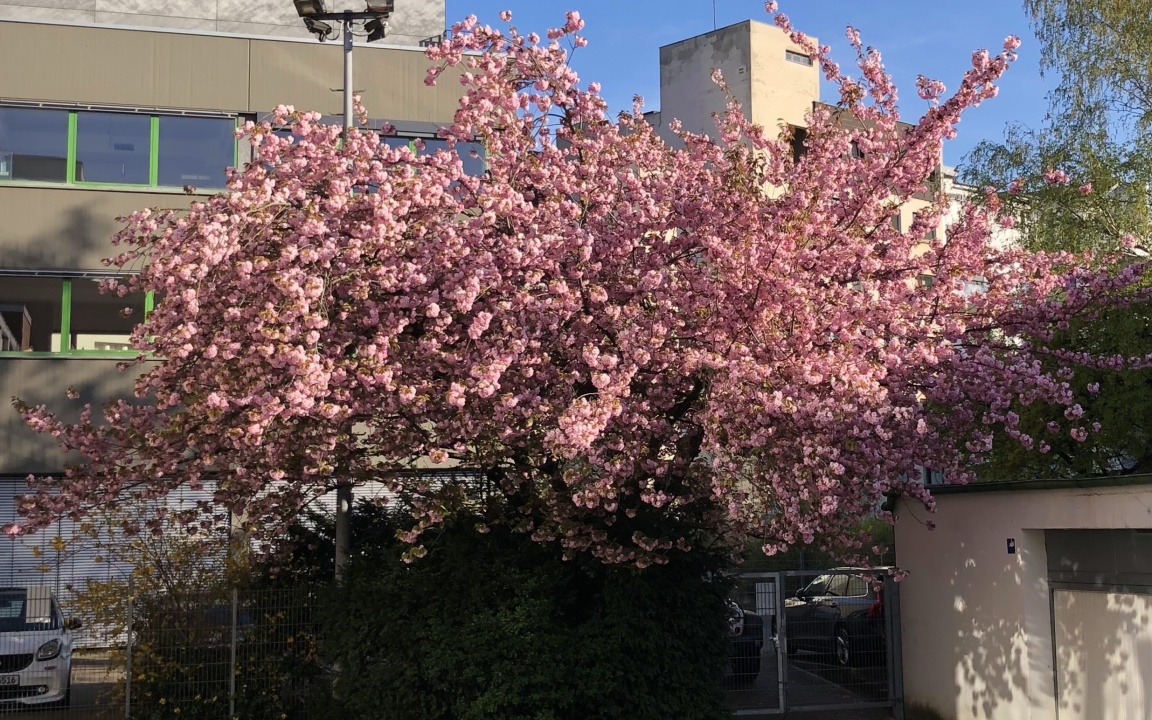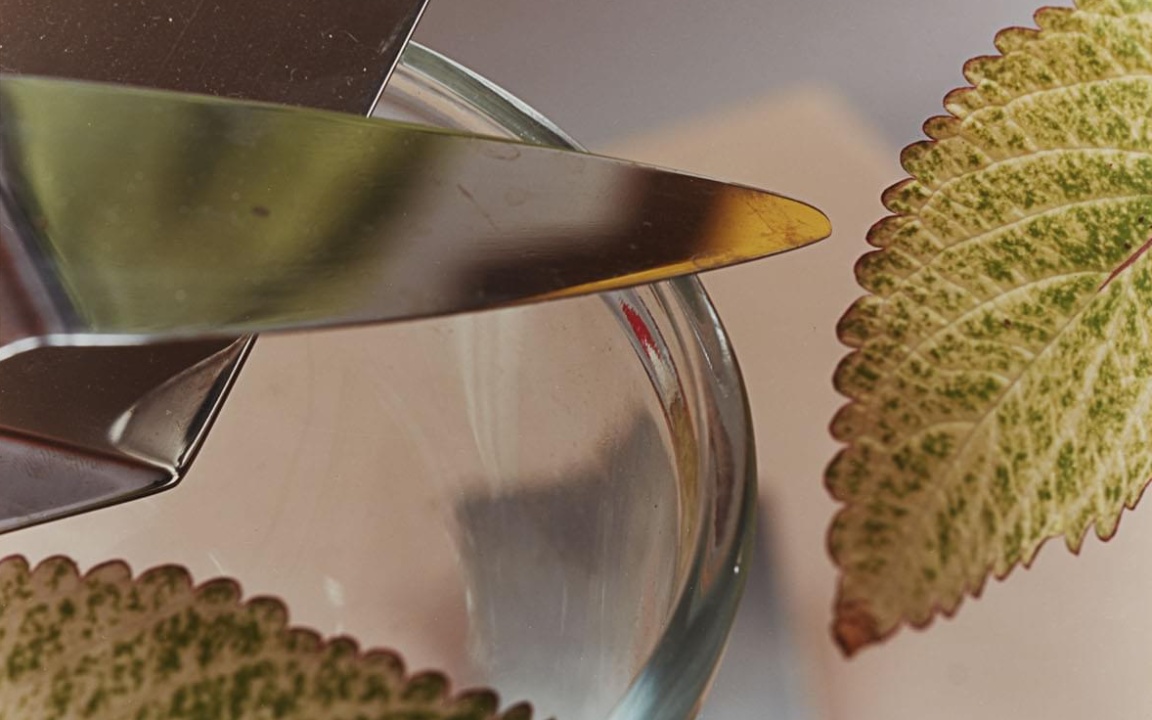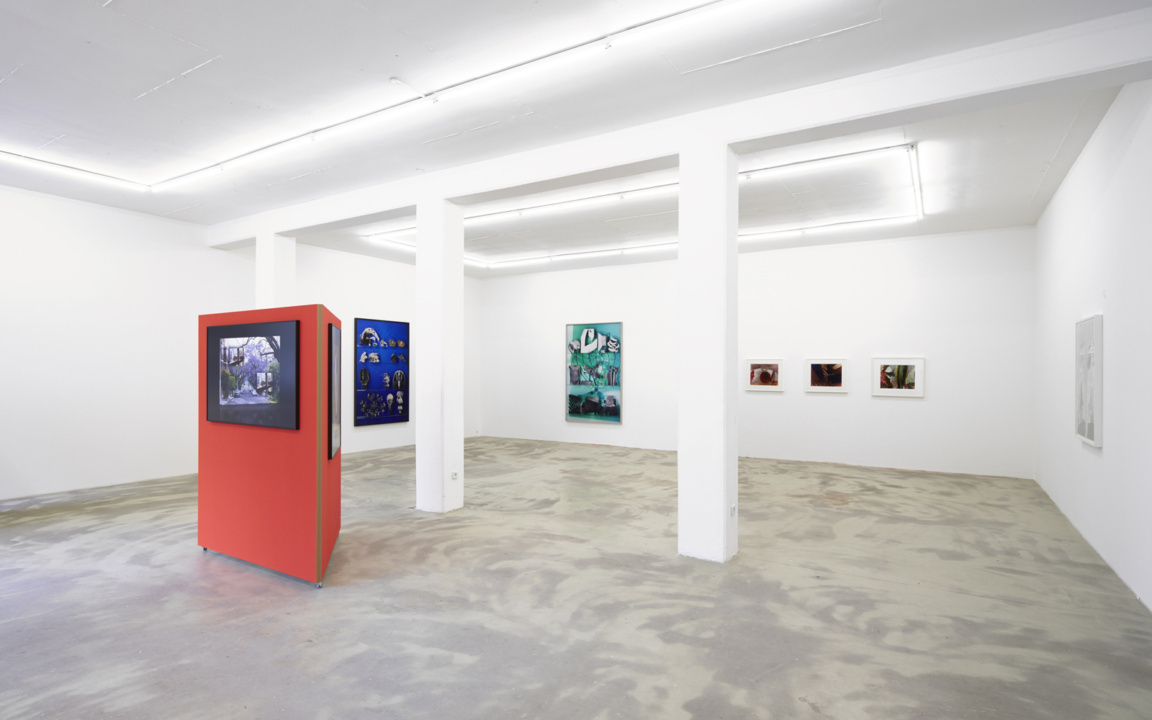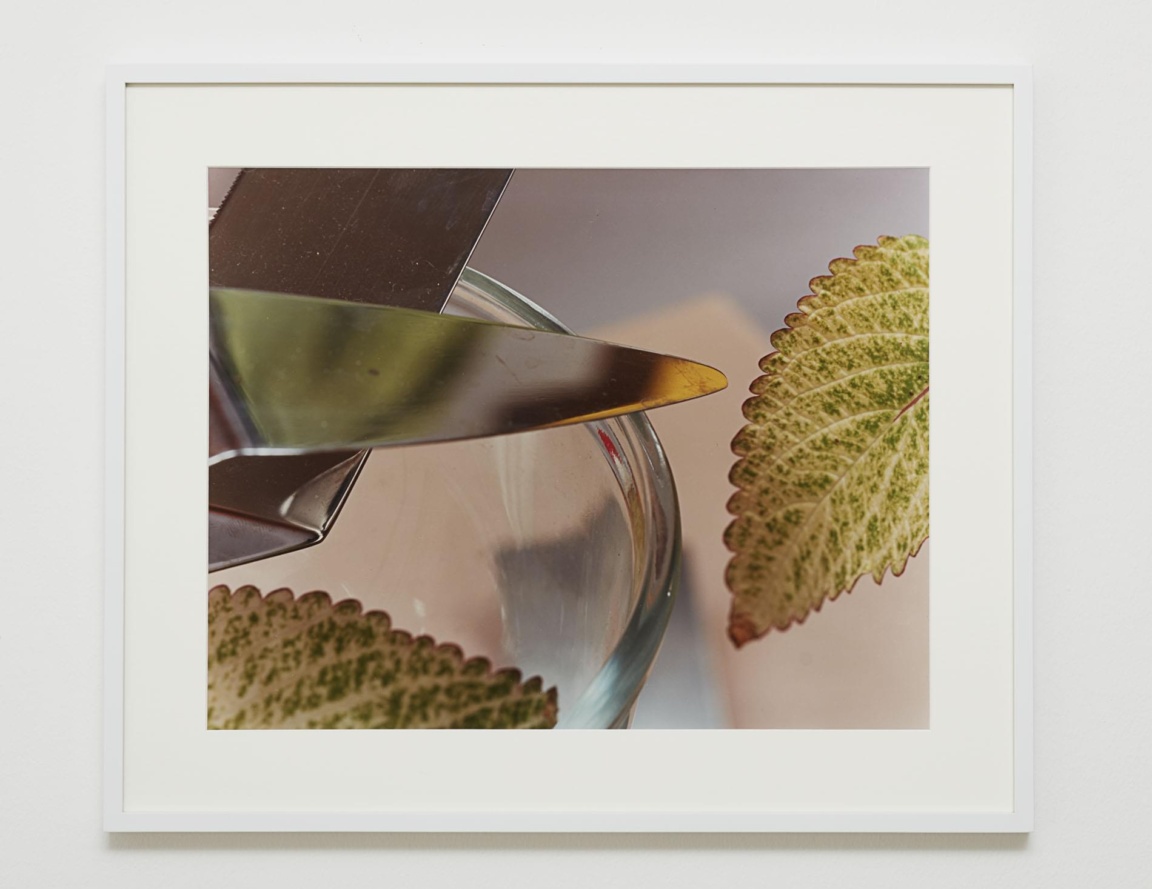
Jan Groover
“The objects talk to each other, and it’s either one special relationship or the other, that I don’t know how to talk about. But I know it’s there.” Jan Groover, 1990
About the artist
Before Jan Groover dedicated herself to photography, she was a painter. Groover turned away from abstract painting in the early 1970s to experiment with the medium of photography — a medium that seemed more open than the restrictive and male-dominated painting of the time.
Her approach to photography, however, remained ‘abstract’ in a certain sense. Her works remind one less of the supposed authenticity of the observed moment associated with the medium, and rather show a consciously staged image. Color and form dominate, perspective is vague, spatial ambiguousness is constructed, and light becomes an object in itself. Jan Groover was interested in photographic images that seemed precisely planned and made, rather than discovered and captured by the camera.
In the course of her artistic development, she eliminated the documentary elements from her works little by little and challenged the limits of the medium, investigating the relationship between the elements of an image — the aesthetic effect of structure and form — instead. Everything became form. Not just in her well known still lives, for which she made her kitchen sink the site for formal-aesthetic experiments, but also in the early movement studies, the intimate figure photographs and the late, almost scenographic-looking arranged ensembles.
“Jan Groover’s pictures are good to think about because they are first good to look at.” John Starkowski, 1993
Publications
-
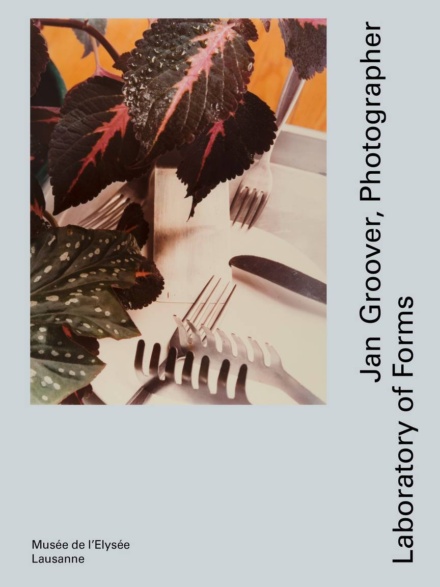
Jan Groover, Photographer — Laboratory of Forms
